Splint therapy
To correct dysfunctions of the temporomandibular joint and correct the bite, dentistry uses a method of treatment with occlusal caps - removable polymer overlays. Orthodontic devices work in such a way that they affect the rows of teeth, changing the closure of teeth with each other.

specialists

equipment

treatment
Indications and contraindications for splint therapy

Indications for therapy include:
- Unpleasant joint sounds
- Pain or discomfort
- Increased wear of tooth enamel
- Preparation for the installation of dentures
- Snoring during sleep
- Discomfort in the jaw and neck
- Tinnitus
- Difficulty opening the mouth
Contraindications are individual and are determined by the doctor after examination. These may be inflammations or systemic diseases (rheumatoid arthritis or systemic lupus erythematosus).
Splint therapy for TMJ dysfunction
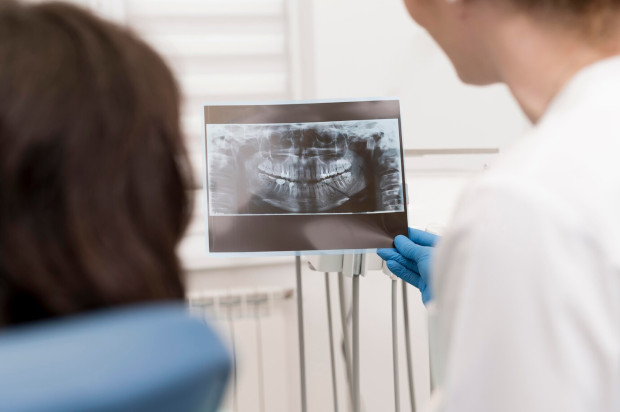
Types of Splints
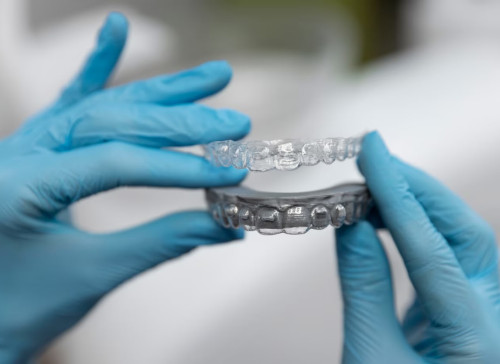
The technique involves the use of the following types of mouth guards:
- relaxing Designed to reduce tension
- decompressive Relieve pressure, reduce stress during bruxism
- stabilizing Prevent tooth mobility
- positioning Return the dentition to its original state, direct the jaw movement along the correct trajectory
General information about the procedure
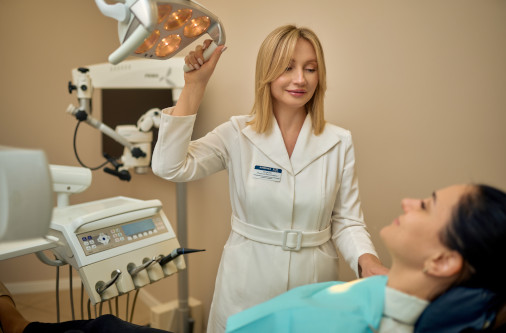
The opinion of K+31 specialists on the sequence of using splints and braces for TMJ pathologies
At the K+31 dental clinic, doctors are faced with the question of the optimal sequence of treatment for temporomandibular joint dysfunction, namely, whether to start with wearing a splint or installing braces. This question is relevant due to the fact that the dynamics of the TMJ can change during orthodontic treatment.
Splint therapy is the first step in dentistry in the presence of problems with the jaw joint. It helps stabilize the joint and reduce symptoms, which is important before installing braces. The splint relieves symptoms and prepares the jaw for subsequent orthodontic procedures.
Sometimes braces are installed first if it is expected that the correction of teeth and bite will help stabilize the joint. This method requires careful monitoring and caution, since there is a high probability of deterioration of the joint.
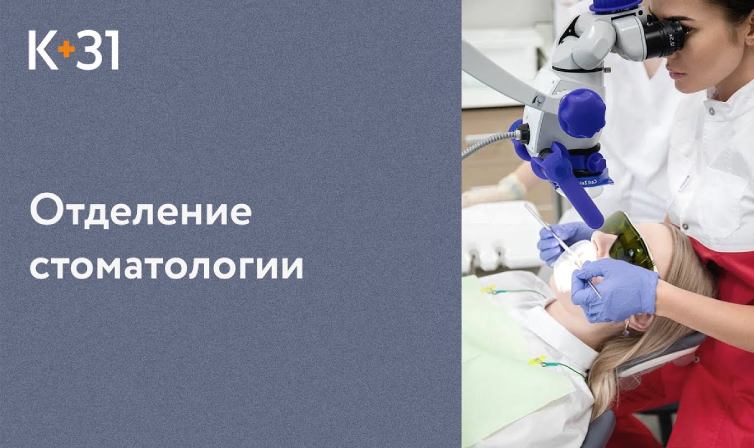
Modern methods of diagnostics and dental treatment at "K+31"

This award is given to clinics with the highest ratings according to user ratings, a large number of requests from this site, and in the absence of critical violations.

This award is given to clinics with the highest ratings according to user ratings. It means that the place is known, loved, and definitely worth visiting.

The ProDoctors portal collected 500 thousand reviews, compiled a rating of doctors based on them and awarded the best. We are proud that our doctors are among those awarded.
Make an appointment at a convenient time on the nearest date
Price
Other Services
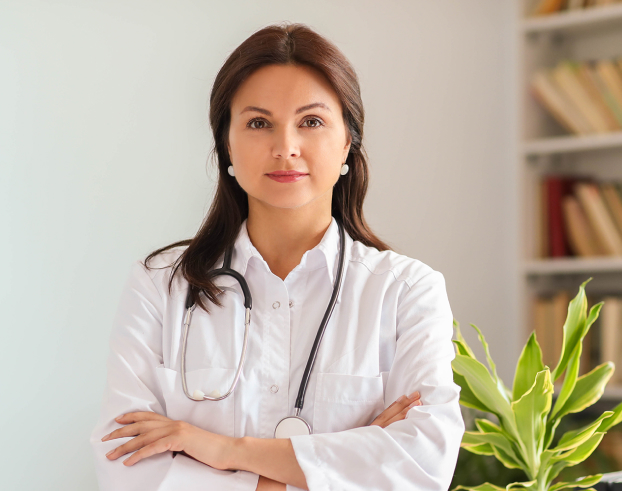

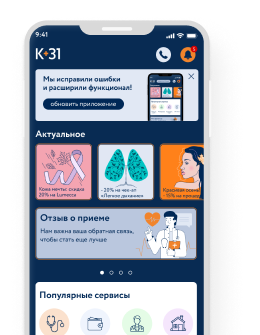


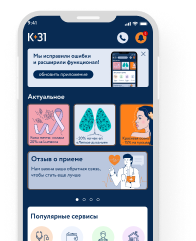

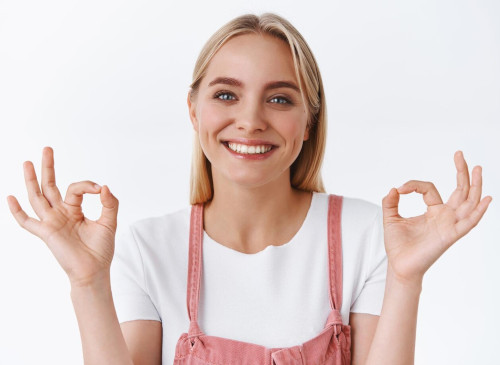

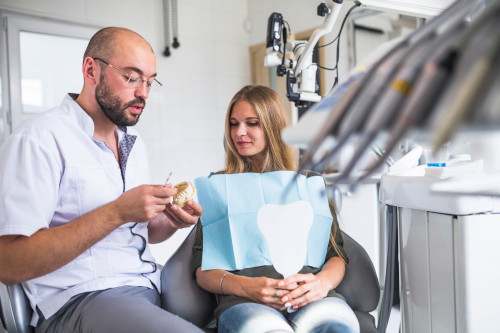

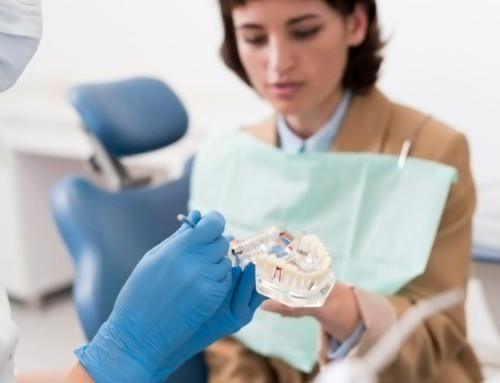











































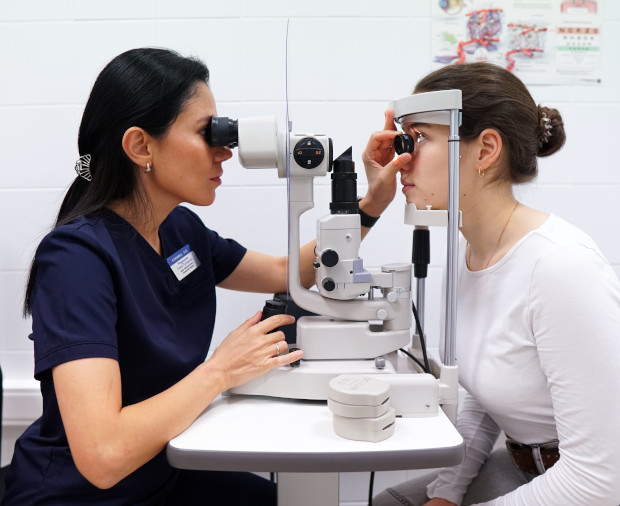


What is splint therapy?
Splint therapy is an advanced method of correcting temporomandibular joint (TMJ) disorders using a dental splint. It corrects dental defects and forms the correct closure of the dental arches. The therapy facilitates the work of the masticatory muscles, restores their tone and promotes rehabilitation.